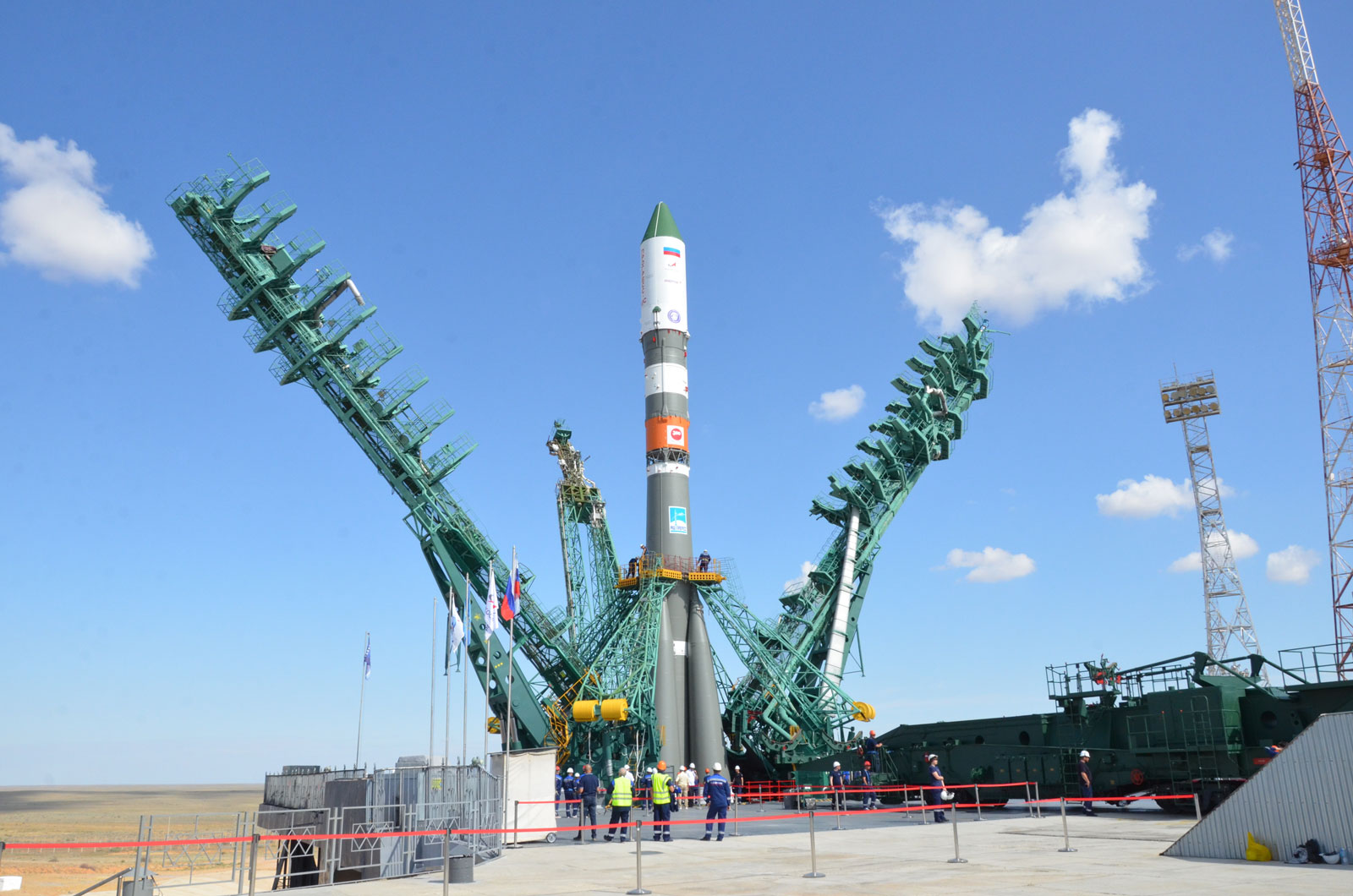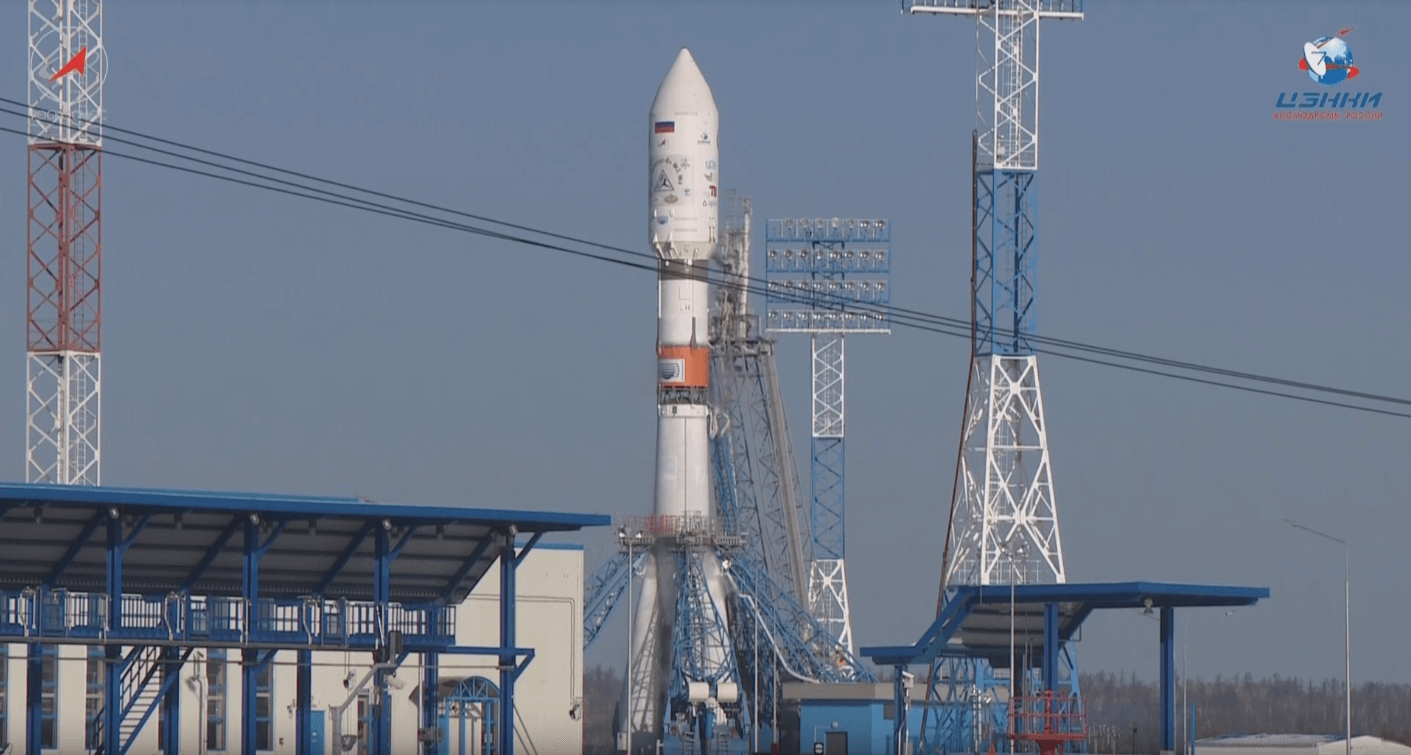· space brief · 6 min read
Space Brief 7 Aug 2025
Today's brief covers significant developments in missile defense, military space operations, and upcoming rocket launches. Keep an eye on the evolving Golden Dome program and the advanced capabilities it brings.

📄Top Stories
The push for advanced missile defense technologies is reshaping the landscape of military space spending. Meanwhile, upcoming rocket launches signal an exciting period for national security missions. These developments underscore the critical role of satellites in defense strategies and highlight the evolving battlefield reliance on space-based systems.
📰Detailed Coverage
Golden Dome Missile Defense: Reshaping Space Spending
The Golden Dome missile defense program, championed by President Trump, is significantly influencing Pentagon spending priorities. A recent report from the Aerospace Corp. outlines the expanding role of the Space Force in this strategic initiative, emphasizing increased allocations towards space-based defense infrastructures.
Behind the scenes, this shift is seen as strengthening the U.S. military’s orbital capabilities. Many satellites within the Golden Dome’s framework are closely monitored using advanced satellite tracking technologies, which are integral to the early warning and interception strategies that the initiative supports.
Read the full story: SpaceNews
Silence on ‘Golden Dome for America’ at Major Conference
At a recent space and missile defense symposium, defense officials avoided mentioning the ‘Golden Dome for America,’ reflecting a cautious approach amidst shifting public discussions. This decision highlights the sensitive nature of national security programs and the complexities of discussing ongoing military projects in open forums.
The symposium’s reticence is possibly due to the program’s profound implications on existing and future satellite operations, urging stakeholders to adapt swiftly to new space defense paradigms. Such updates are pivotal for those tracking shifts in military satellite deployments and priorities.
Read the full story: SpaceNews
Voyager Technologies Eyes Growth Through Missile Defense and Starlab
Voyager Technologies is positioning itself for growth by capitalizing on opportunities in missile defense and the development of the Starlab commercial space station. This strategy follows their recent IPO and aims to leverage advantages in both terrestrial and orbital domains.
The company’s dual focus illustrates the expanding intersection of commercial space infrastructure with defense needs. Their work on the Starlab is particularly relevant for tracking the influence of private enterprises on traditional military space operations.
Read the full story: SpaceNews
Launching Space Skills: U.S. Army’s 40 Delta Specialty
The U.S. Army is expanding its capabilities in the space domain by introducing the “40 Delta” military occupational specialty. This new specialization is aimed at equipping personnel with expertise essential for today’s satellite-reliant battlefield.
This move aligns with the growing need for dedicated satellite operations duties within military teams. By integrating these skills, the Army enhances its operational readiness and ensures effective utilization of satellite-based technologies.
Read the full story: SpaceNews
Northrop Prepares for Golden Dome Demand
Northrop Grumman is readying itself to meet the anticipated demand from the Golden Dome missile defense program. The company is expanding its solid rocket motor capacity, which is a crucial component for satellite launch and intercept capabilities in this initiative.
Investments in such technologies position Northrop as a key player in the evolving military space sector. Their progress underscores the importance of reliable launch systems for maintaining U.S. space defense readiness.
Read the full story: SpaceNews
Vulcan Centaur: Upcoming National Security Launch
United Launch Alliance’s Vulcan Centaur rocket is slated for its first national security mission set for August 12. This launch marks a significant milestone as the vehicle embarks on critical payload deployments to boost national security operations.
Such missions highlight the strategic importance of secure and reliable satellite deployments. With satellites serving as vital assets for surveillance and communication, this launch further exemplifies the need for advanced tracking tools for mission success.
Read the full story: Space.com
🛰️Satellite Spotlight
- Satellite Name: YAOGAN-35 02B
- NORAD ID: 52908
- Launch Date: June 23, 2022
- Mission: This satellite is believed to be involved in Earth observation or signals intelligence (SIGINT), though specific details remain classified.
- Orbit: Low Earth Orbit (LEO)
- Operator: ZZB (China)
- Fun Fact: YAOGAN-35 02B is part of a series of satellites utilized for various military applications, including reconnaissance and agricultural monitoring.
Track this satellite in real-time on our web app: Track YAOGAN-35 02B
🌌Space Weather
Space weather conditions are currently quiet.
Current
R0 - S0 - G0
Last 24 Hour Maximums
R1 - S0 - G0
Recent Alerts
- Geomagnetic Storm Warning: A G2 (Moderate) geomagnetic storm is predicted for August 8, while G1 (Minor) conditions are expected on August 9. This watch supersedes all previous alerts.
- Impacts:
- High-latitude power systems may experience voltage alarms.
- Potential for irregularities in satellite orientation and increased drag for low Earth-orbiting satellites.
- HF radio propagation may fade at higher latitudes.
- Aurora may be visible down to regions such as New York, Wisconsin, and Washington.
- Impacts:
Next 24 Hours
-
Radio Blackouts Probability
- Minor: 55
- Major: 10
- Risk: None
-
Solar Radiation
- Probability: 5
- Risk: None
-
Geomagnetic Storming
- Scale: 0
- Impact: none
- Activity: Low
-
Impact Summary
- No risk of radio blackouts.
- No risk of solar radiation storms.
- G1-G2 (Minor-Moderate) geomagnetic storms are likely on August 8-9 due to a CME from August 5.
- A slight chance for R3 (Strong) or greater radio blackouts is possible over the next three days.
Long Term Forecast
- Solar Activity: Mostly low levels expected, with a chance for M-class (R1-R2, Minor-Moderate) flares during the period from August 4-30.
- Impacts:
- No proton events anticipated at geosynchronous orbit.
- High levels of electron flux expected from August 12-18 and August 21-28 due to recurrent coronal hole high-speed stream (CH HSS) influences.
- Active to G1 (Minor) storm conditions are likely on August 11-15, 18-22, and 25-30 due to CH HSS effects.
- Quiet to unsettled levels are expected on remaining days.
- Impacts:
🚀Upcoming Space Launches
August 7
- SpaceX Falcon 9:
- Project Kuiper (KF-02) from Cape Canaveral Space Launch Complex 40 (14:01 UTC) Second of a three-launch contract for Amazon’s Kuiper low Earth orbit satellite internet constellation. 24 satellites are on board.
August 8
- China Rocket Co. Ltd. Smart Dragon 3:
- Unknown Payload from Sea Launch (16:21 UTC) Details TBD.
August 10
- SpaceX Falcon 9:
- Starlink Group 17-4 from Vandenberg Space Force Base Launch Complex 4E (02:05 UTC) A batch of 24 satellites for the Starlink mega-constellation - SpaceX’s project for space-based Internet communication system.
- SpaceX Falcon 9:
- Starlink Group 10-20 from Cape Canaveral Space Launch Complex 40 (12:16 UTC) A batch of 28 satellites for the Starlink mega-constellation - SpaceX’s project for space-based Internet communication system.
August 12
- United Launch Alliance Vulcan VC4S:
- USSF-106 from Cape Canaveral Space Launch Complex 41 (23:59 UTC) USSF-106 is a mission for the United States Space Force. The launch will deploy various payloads directly into geosynchronous orbit, including the NTS-3 (Navigation Technology Satellite 3), which will test a new digital signal generator.
August 13
- Arianespace Ariane 62:
- Metop-SG A1 from Guiana Space Centre Ariane Launch Area 4 (00:37 UTC) First of EUMETSAT’s second generation of Metop weather satellites.
- SpaceX Falcon 9:
- Starlink Group 10-11 from Cape Canaveral Space Launch Complex 40 (12:41 UTC) A batch of 28 satellites for the Starlink mega-constellation - SpaceX’s project for space-based Internet communication system.
- SpaceX Falcon 9:
- Starlink Group 17-5 from Vandenberg Space Force Base Launch Complex 4E (15:44 UTC) A batch of 24 satellites for the Starlink mega-constellation - SpaceX’s project for space-based Internet communication system.
August 17
- SpaceX Falcon 9:
- Starlink Group 17-6 from Vandenberg Space Force Base Launch Complex 4E (15:44 UTC) A batch of 24 satellites for the Starlink mega-constellation - SpaceX’s project for space-based Internet communication system.
August 20
- Russian Federal Space Agency (ROSCOSMOS) Soyuz 2.1a:
- Bion-M No. 2 from Baikonur Cosmodrome, Republic of Kazakhstan (17:13 UTC) Bion-M is the next generation of Russian biological research satellites, with enhancements for longer mission durations and increased scientific payloads.
Note: Launch dates and times are subject to change due to technical or weather considerations.

Maurice Stellarski





